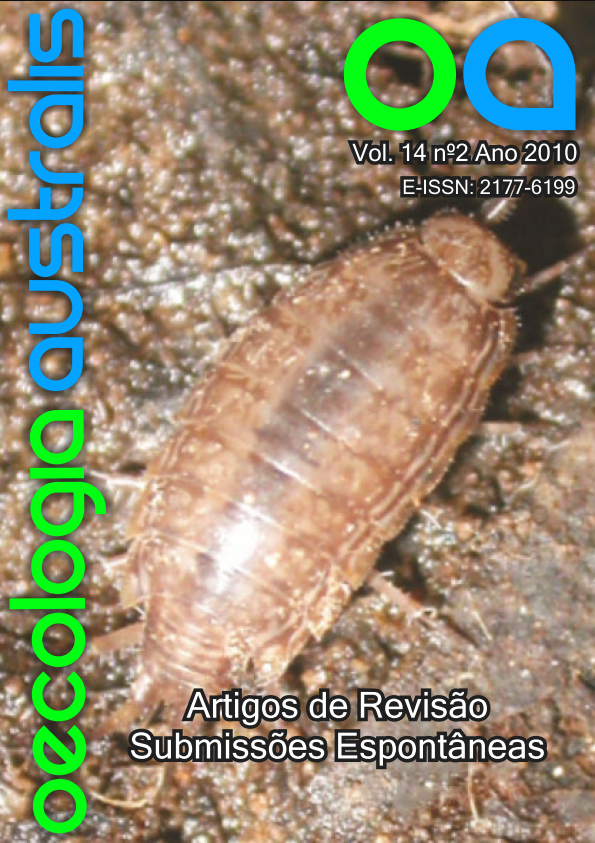EXOTIC MARINE MACROALGAE ON THE BRAZILIAN COAST: A REVISION
Keywords:
Seaweed introduction, aquaculture, invasive species, cryptogenic species.Abstract
The introduction of exotic marine species is a recent concern in Brazil, and seaweeds are the least studied group. The first publications deal with intentional introduction of species for aquaculture. Recent papers focus on putative accidental introductions. In this review we summarize the existing knowledge about the presence of non-indigenous seaweeds on the Brazilian coast. Nevertheless, the labeling of a species as an exotic one can be a complex issue. Kappaphycus alvarezii and K. striatum were the only authorized and well documented intentional introductions in Brazil, aiming to carrageenan production. Caulerpa scalpelliformis, known from a large stretch of the northeast and east Brazilian coast, seems to have spread to Rio de Janeiro state and can be considered as the only invasive species in Brazil so far. Available data indicate that this species is impacting benthic communities on Ilha Grande Bay. In this same region, Laurencia caduciramulosa populations appeared in 2001 and begun to spread. Other introductions are mere suspicions: Anotrichium yagii and Dasya brasiliensis are suspected to be exotic for being conspicuous species not reported previously to well studied areas. Cladophora corallicola, Laurencia venusta, Pedobesia ryukyuensis, Porphyra leucosticta, Porphyra rizzinii and Porphyra suborbiculata, all reported on recent surveys and suspected to be newcomers, should rather be considered as cryptogenic because they may have been overlooked or misidentified on previous surveys.


